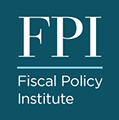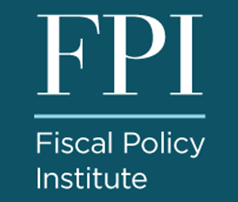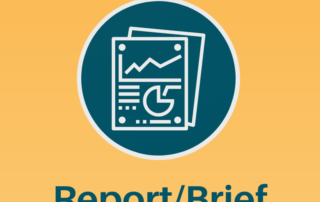The True Cost of Tuition Hikes on SUNY & CUNY Students
The Governor’s executive budget for fiscal year 2024 aims to increase funding for New York State’s public university system, in part through sharp tuition increases. For the State University of New York’s (SUNY) four university centers, the tuition increases could result in a 51 percent tuition increase over five years. Tuition hikes of this size would represent a generational shift in New York State’s higher education landscape, moving its public universities from among the most accessible in the U.S. to among the most expensive. In doing so, these hikes could jeopardize the universities’ role as engines of upward economic mobility.



